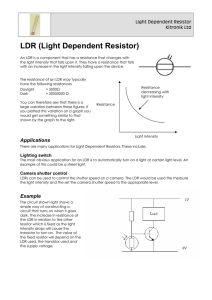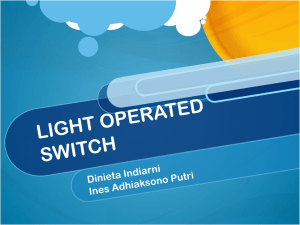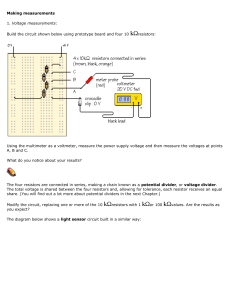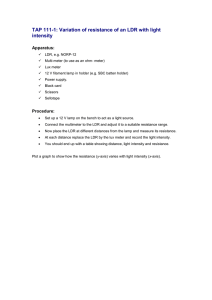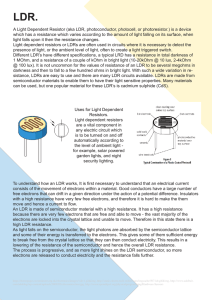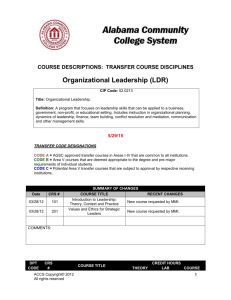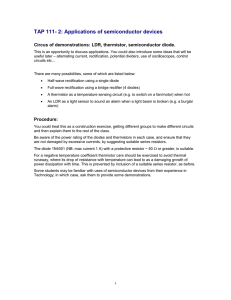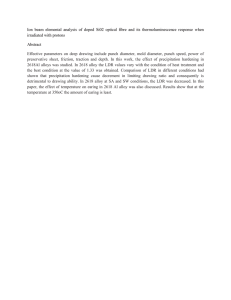Light Dependant Resistor How it Works
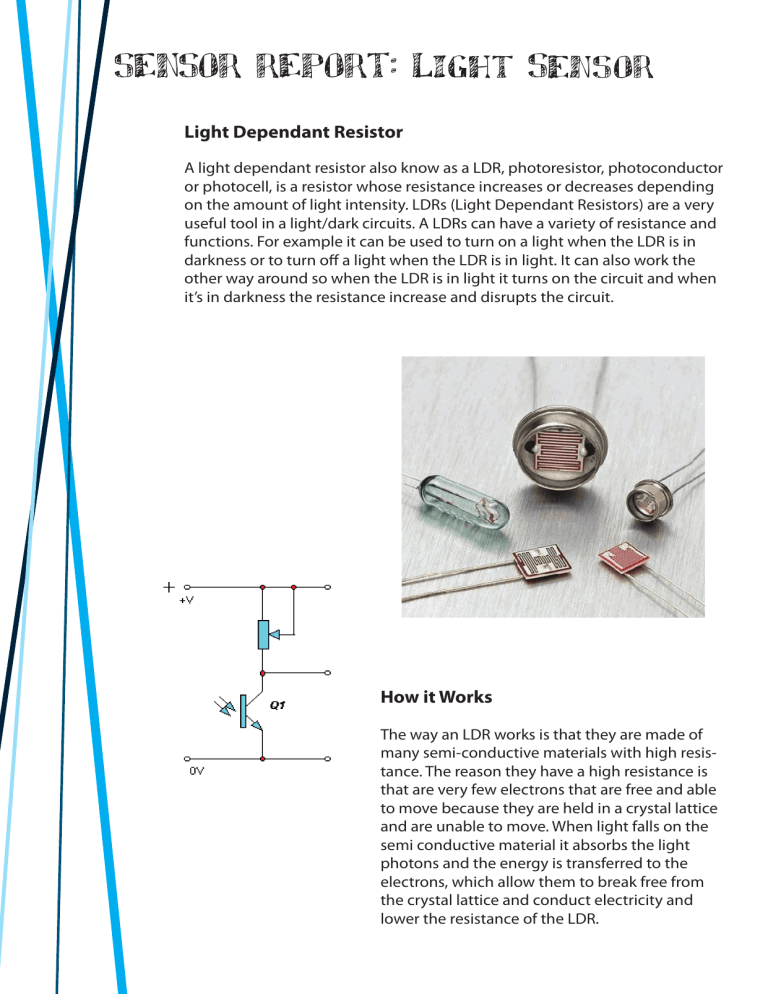
Light Dependant Resistor
A light dependant resistor also know as a LDR, photoresistor, photoconductor or photocell, is a resistor whose resistance increases or decreases depending on the amount of light intensity. LDRs (Light Dependant Resistors) are a very useful tool in a light/dark circuits. A LDRs can have a variety of resistance and functions. For example it can be used to turn on a light when the LDR is in darkness or to turn off a light when the LDR is in light. It can also work the other way around so when the LDR is in light it turns on the circuit and when it’s in darkness the resistance increase and disrupts the circuit.
How it Works
The way an LDR works is that they are made of many semi-conductive materials with high resistance. The reason they have a high resistance is that are very few electrons that are free and able to move because they are held in a crystal lattice and are unable to move. When light falls on the semi conductive material it absorbs the light photons and the energy is transferred to the electrons, which allow them to break free from the crystal lattice and conduct electricity and lower the resistance of the LDR.
Uses
Light dependant resistors have many uses, many of the uses have to do with objects that have to work in certain levels of light. Some of the uses of the LDR are in photographic light meters, streetlights and various alarms’ light burglar alarms, fire alarms and smoke alarms. arduino
Interfacing with Arduino
A light sensor or LDR can be very easily interfaced with an
Arduino. The light sensor is connected to the analogue inputs of the Arduino. One of the pins of the LDR is connected to the ground while the other is connected to one of the 5 analogue in pins. Depending on the function of the LDR it may need another resistor connected to it. Say for instance if the LDR is controlling a
LED, if it allows to much current to get through it might cause the
LED to blow up. This is the reason for another resister being needed. And of course the Arduino will need to be programmed in order for there to be an output from the input of the LDR.
Interactive Project
This project is a little robot which incorperates both a light and sonar sensor.
Inside it has a process which interperates the information the sensors gather. The light sensors have 2 functions, they can either help the robot to seek out light or to run away from it.
References
Technology Student, Light Dependant Resistors, Veiwed 30 August 2010,
<http://www.technologystudent.com/elec1/ldr1.htm>
REUK, Light Dependent Resistor, Veiwed 29 August 2010,
<http://www.reuk.co.uk/Light-Dependent-Resistor.htm>
Radio Electronics, Light dependent resistor or photo resistor, Veiwed 30 August 2010,
<http://www.radio-electronics.com/info/data/resistor/ldr/light_dependent_resistor.php>
ERT, Light Dependent Resistor, LDR, Vewied 30 August 2010,
<http://www.electronics-radio.com/articles/electronic_components/resistors/light-dependent
-resistor-ldr.php>

